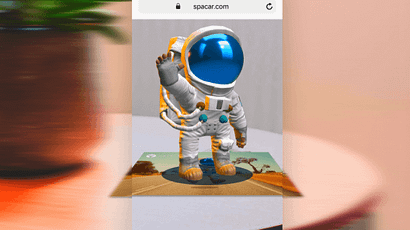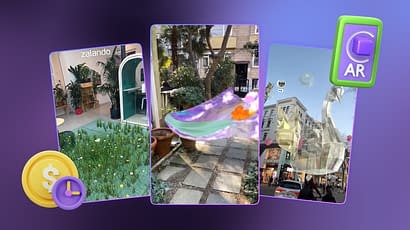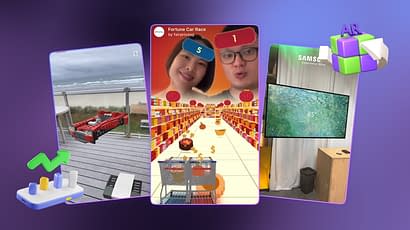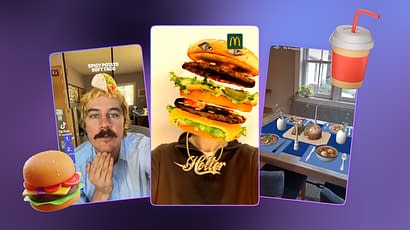Augmented Reality is hitting the mainstream. Consumers are showing a growing appetite for AR brand engagement. As it is said there will be 4.3 billion users by 2025. According to a survey from Ericson, 70% of consumers say they want to see more AR ads. Therefore, Brands are embracing AR to engage digital consumer bases. To accomplish this, they have 2 options: Web AR vs App AR.
Which one is right for your brand? Let’s start with the basics.
What is App-Based AR?
App-based AR requires users to download your application before you provide them with an immersive augmented reality experience. AR campaign may feature a download link or direct users to App Store to download the app. This kind of AR uses tools having a powerful object, depth, surface, and lighting recognition. It stands out with its high quality because app-based AR provides detailed rendered environments.
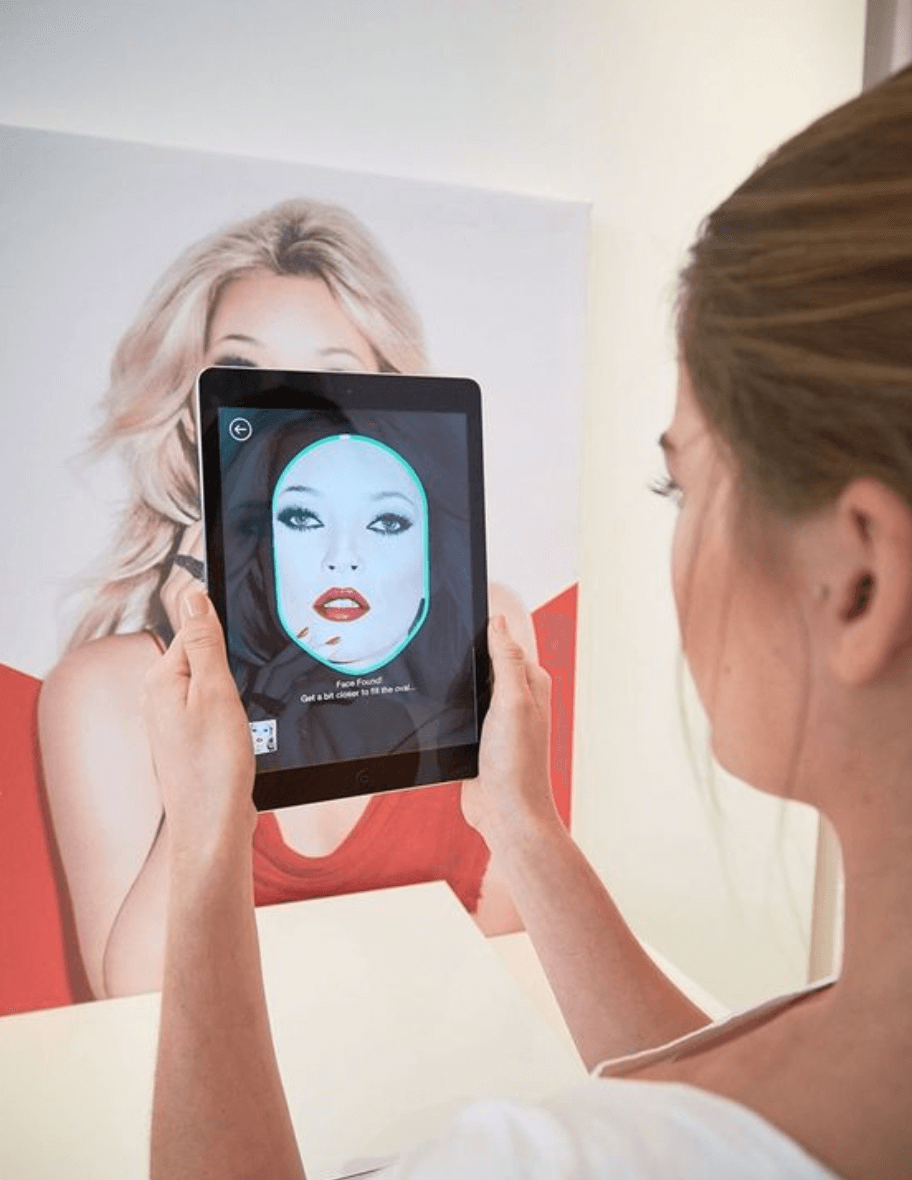
For example, L’Oréal launched a mobile app allowing its users to try on various types of makeup. It looks like a Snapchat filter that identifies users’ faces and shows them how they would like with a certain shade or colour of a specific product.
What is Web-Based AR?
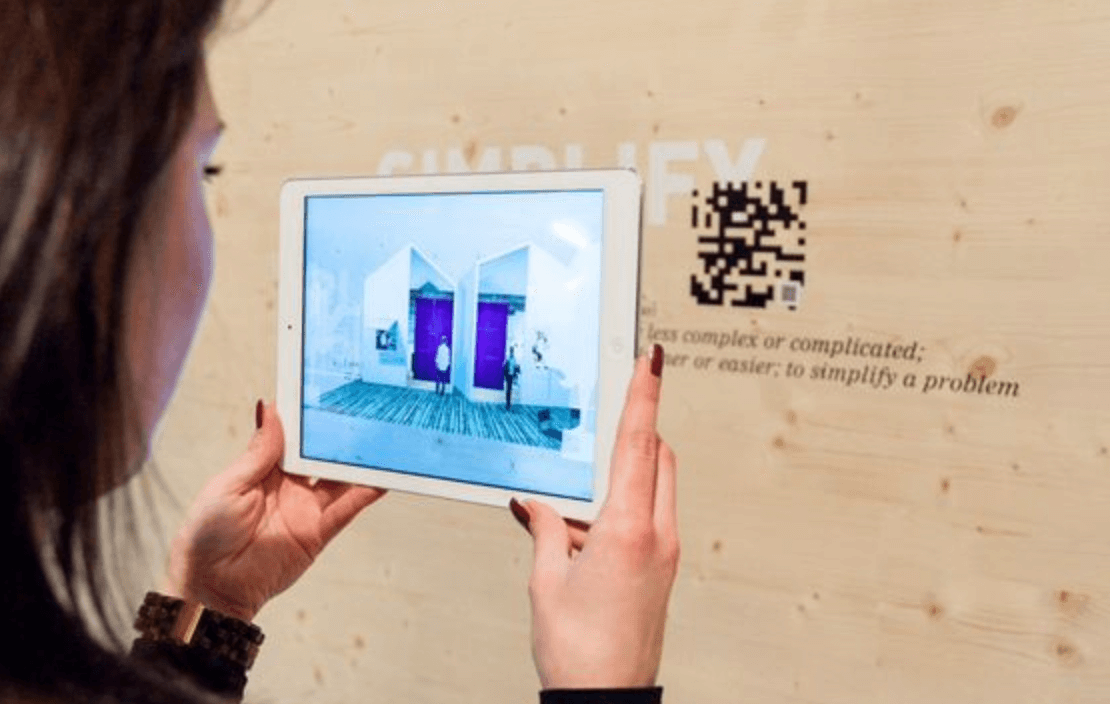
Web AR or web-based AR is a digital technology allowing you to simply and easily share AR experiences through the Internet. Compared to app-based AR, the user doesn’t need to download the mobile app, otherwise, they can just open a specific URL or scan any QR code, and immediately start enjoying with AR experience.
For example, Coca-Cola said a new word in the storytelling through the WebAR. They used the product packaging and inserted QR codes on them. By scanning the label, consumers were becoming witnesses of one of 12 delightful stories.
For details, check out our dedicated blog about 6 Famous Web AR Campaigns
Web-based AR VS App-based AR
While web-based AR is much more user-friendly, app-based AR allows for a wider range of features. There are more differences between both of them.
Simplicity
AR experiences may be a challenge for older people. Downloading apps can be a barrier for them. Web-based AR simplifies including AR tools in their everyday lives. Accessing it is as simple as scanning a QR code that links to an AR-enabled website. Inserting this age category in your marketing campaign can be beneficial for your brand.
Time
Because of its simplicity, web-based Augmented Reality performs smoothly and is fast and effective.
On the other hand, developing and launching Web AR requires less time (about 2 weeks) than mobile AR applications. The more complex the structure of your application is, the more time it will take to bring it to life.
Engagement
According to the studies, there’s a 50% drop in engagement when users have to go through a download. That’s why WebAR entices more clicks. Many people don’t like to download an app and they prefer to easily access it with just a simple URL link, scan of a QR code, or tap on an NFC tag. This enables greater reach, conversions, and engagement, translating to higher sales.
Price
While the development of app-based AR is a complex process, it also takes months and costs a lot of money. The price can be depending on various factors. Keep in mind that, App shouldn’t only have AR capabilities in it, you can put any source of information inside. That’s one of the main reasons, why prices are so high.
Web-based AR is faster to develop while applications require a longer time. According to this, compared to app-based AR, WebAR is cheaper in development.
Quality
Web-based AR does not have as much quality as app-based AR. It is more sensitive to uneven lighting and movement of users. While one app can access a full suite of mobile processors and unlocks robust image recognition, WebAR does not recognize markers at all, only QR codes and face effects.
App-based AR is much more stable and reliable. It has a smooth motion with minimal lag. At this time, WebAR is limited moving through an AR scene and performs poorly and juddering.
In spite of not performing very well, WebAR is super for creative workarounds and provides you with a very effective and accessible experience.
Limits
We can freely say that app-based AR is limitless. It is best suited for long-running campaigns or for those the brand would like to expand in the future. AR application is an independent platform for users to acknowledge and build a community around. In one app, you can fit locations, detailed stores or showrooms, products, high-quality videos, and images as an additional channel, creatures, and characters – a new word in the storytelling, tracking of surfaces, markers, and placement of 3D objects. In short, App-based solutions give your content more flexibility and provide you with more detailed two-way conversations. Compared to WebAR, app-based AR doesn’t need the Internet. If the content is downloadable, the user can offline use applications.
On the other hand, while applications fit more complex ideas, Web-based AR is limited in functionality. For example, it doesn’t have buttons and other user interfaces. You should also consider that this type of AR is always built on the base of some ready-made technology, so you have to acquire a license to use a platform.
What do you think, which one of them is a winning solution for your brand? Remember that the key to success lies in communication. Regardless of the solution you choose, communication with your consumers about your AR offer will ultimately determine your success. Both app-based AR and Web- based AR experiences need advertising that motivates your customers to either download your app or click on the campaign link.
